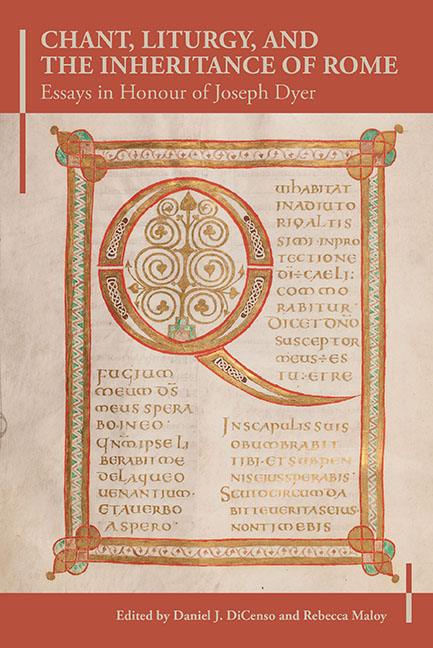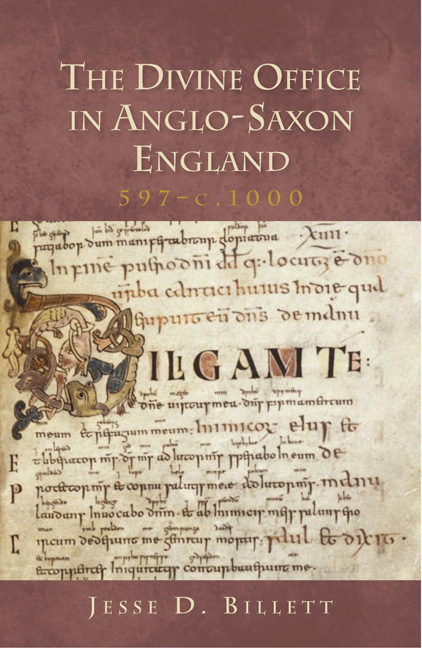2 results in Henry Bradshaw Society Subsidia

Chant, Liturgy, and the Inheritance of Rome
- Essays in Honour of Joseph Dyer
-
- Published by:
- Boydell & Brewer
- Published online:
- 14 June 2019
- Print publication:
- 20 October 2017

The Divine Office in Anglo-Saxon England, 597-c.1000
-
- Published by:
- Boydell & Brewer
- Published online:
- 05 November 2014
- Print publication:
- 18 September 2014

